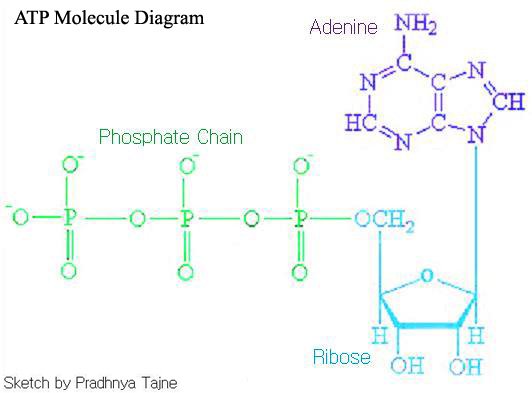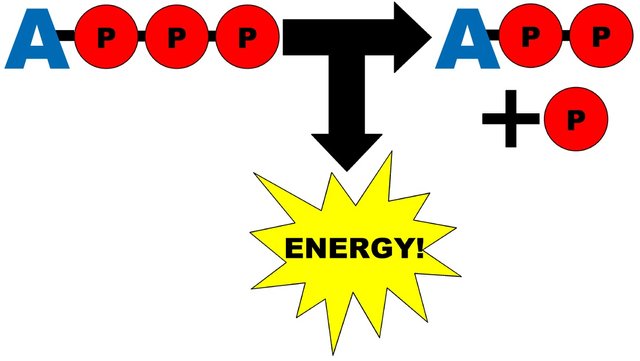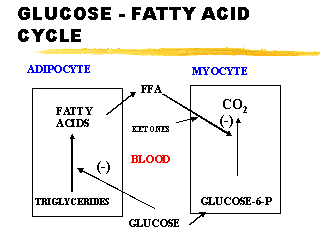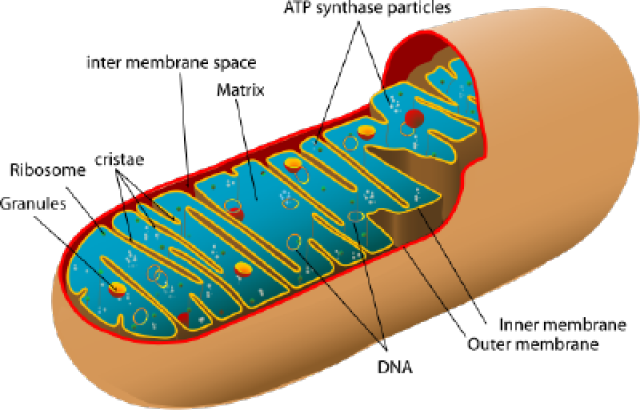ATP Molecules

Adenosine triphosphate (ATP) is the nucleotide known in biochemistry as the molecular currency of intracellular energy transfer. ATP is able to store and transport chemical energy within cells. ATP also plays a significant part in the mixture of nucleic acids.

Energy is released by hydrolysis of the third phosphate group. After this third phosphate group is released, the resulting ADP can absorb energy and regain the group, therefore regenerating an ATP molecule; this allows ATP to store energy like a rechargeable battery. ATP can be produced by many cellular processes, mostly in mitochondria by or in the case of plants in chloroplasts by photosynthesis.

The main fuels for ATP mixtures are glucose and fatty acids. Originally glucose is broken down into pyruvate in the cytosol. Two molecules of ATP are generated for each molecule of glucose. The terminal stages of ATP mixture are carried out in the mitochondrion and can generate up to 34 ATP. The total amount of ATP in the human body is about 0.1 mole. The amount of energy used in a day by an adult calls for the hydrolysis of 200 to 300 moles of ATP.

How do you feel, what's your opinons? Comment Below & make sure you upvote & resteem. God Bless!